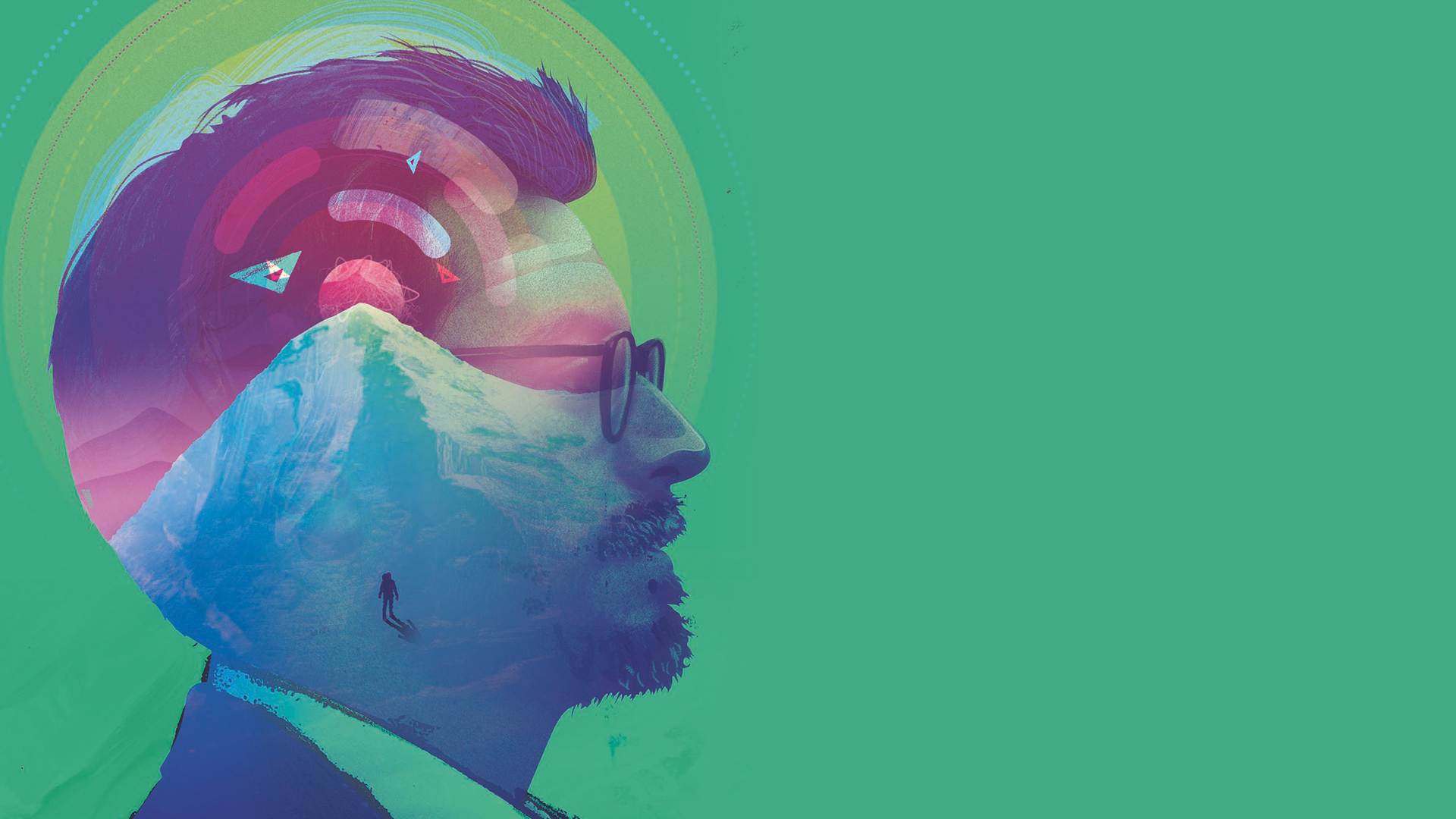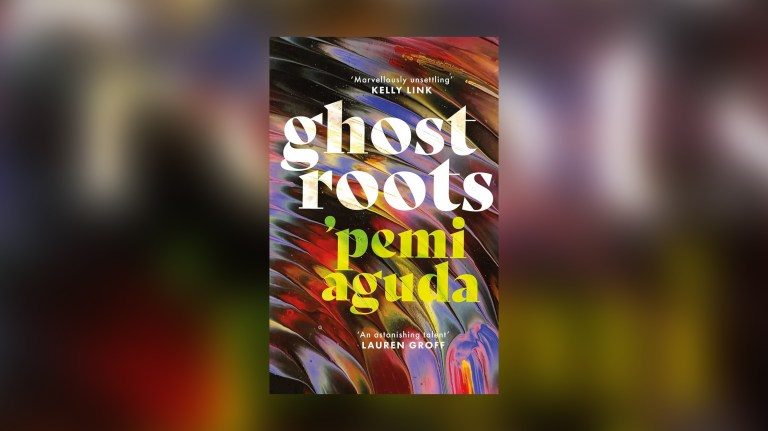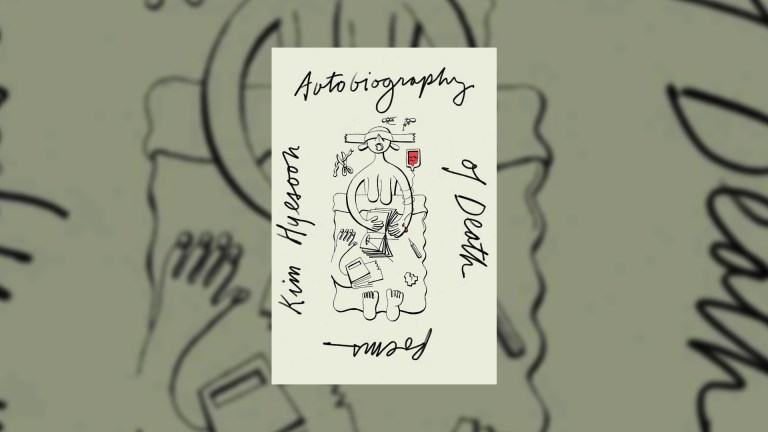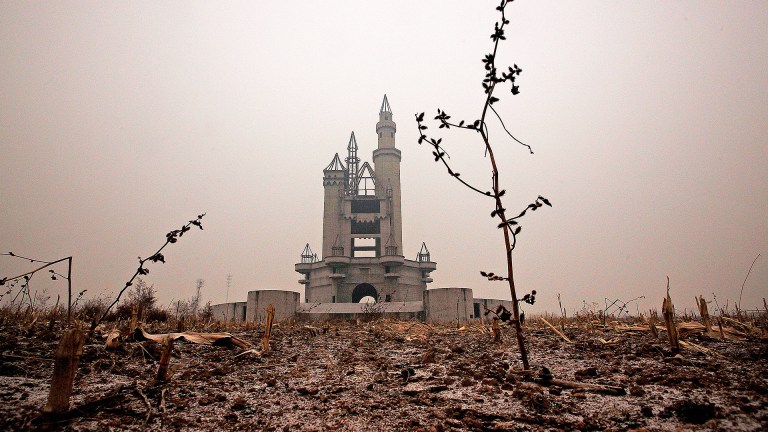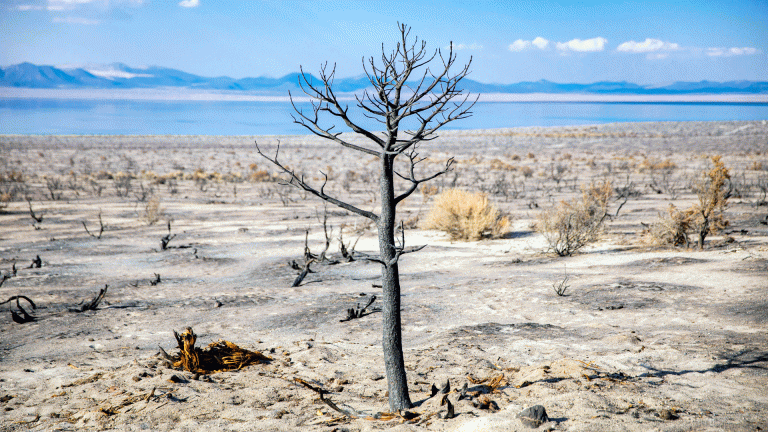Twenty years ago, at the end of Michaelmas Term, my university professor handed me an unmarked envelope. I’d survived 12 weeks of a gruelling course on European existentialism: maybe it was a letter of apology. Instead it was a cheque for $3,000. “You should go hiking with Nietzsche,” my teacher said with a knowing smile.
I was brought up in a rural, extremely conservative, household so this suggestion was only slightly less insane than hiking on Mars. But like so many repressed teenagers, I’d fallen in love with Friedrich Nietzsche’s philosophy; his jarring proclamation that “God is dead,” but also his invigorating hope that “what does not kill you makes you stronger”.
I planned to write a thesis on his “will to power” in the college library the following summer, but this plan was jettisoned in lieu of another: my cheque would cover a trip to Switzerland, to the hamlet of Sils Maria on the Italian border, the onetime summer home of Europe’s philosophical bad boy. I’d spend nine weeks trailing Nietzsche, exploring the limits of my own will to power.
If he didn’t coin the term ‘free spirit’ he certainly popularised it,
Nietzsche’s entire philosophy is a protest made against the deadening forces of modern life: the doldrums of your daily commute, the anxiety of your dead-end job, the pointless monotony of lectures, the nagging of parents, the meaninglessness of the rat race. If he didn’t coin the term ‘free spirit’ he certainly popularised it: “He is called a free spirit,” Nietzsche explained, “who thinks differently from what, on the basis of his origin, environment, his class and profession, or on the basis of the dominant views of the age, would have been expected of him.”
According to Nietzsche, one thinks most freely, most differently, while on the move in the mountains, high above everyday life. “All truly great thoughts are conceived while walking,” he once wrote. To a 19-year-old the obvious correlate followed: the more walking the better. I hiked the summer away, trekking for 10 to 15 hours a day. With no experience, no companion, and no gear, I tried – and only occasionally succeeded – to summit the peaks surrounding Sils Maria.
Instead of getting enlightenment, I got frostbite.
I was in search of my true, most authentic self. Maybe it was up there on the next mountain. Or maybe not. Instead of getting enlightenment, I got frostbite. I lost my way, my toenails, most of my friends, and nearly my mind. Often what doesn’t kill you just makes you stupider. On my first trip to the mountains – hiking with Nietzsche – I discovered a kind of radical freedom, but also found it frequently precludes happiness, companionship, and sanity.
